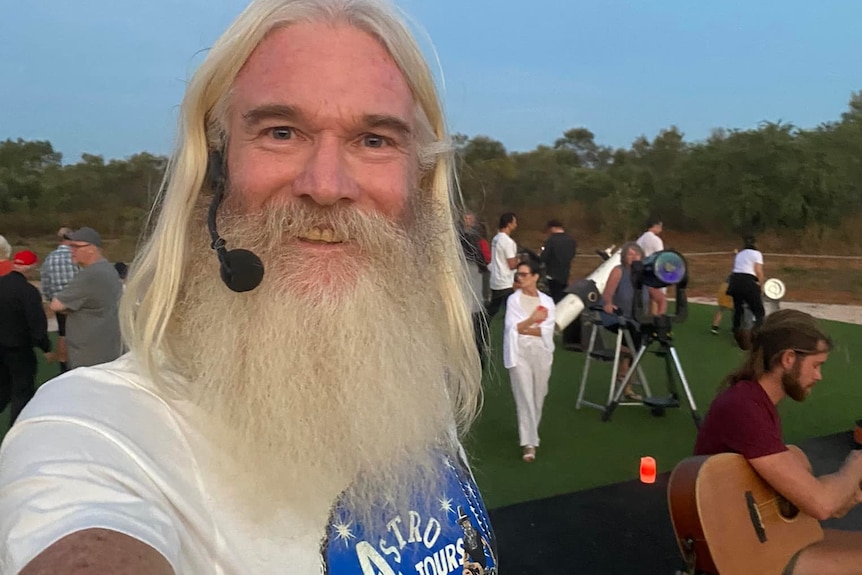-
Astronomers spot a mysterious black hole nestled in a cluster of stars

The star cluster Omega Centauri contains millions of stars. The movement of some stars suggests that an intermediate-sized black hole lies at its center. NASA/ESA/STScI/AURA NASA/ESA/STScI/AURA Astronomers have used the Hubble Space Telescope to find evidence of an elusive kind of black hole, one that’s about 8,000 times more massive than our sun. What makes…
-
Jaw, Meet Floor. This Year’s ‘Astronomy Photographer of the Year’ Finalists Are Out of This World » Explorersweb
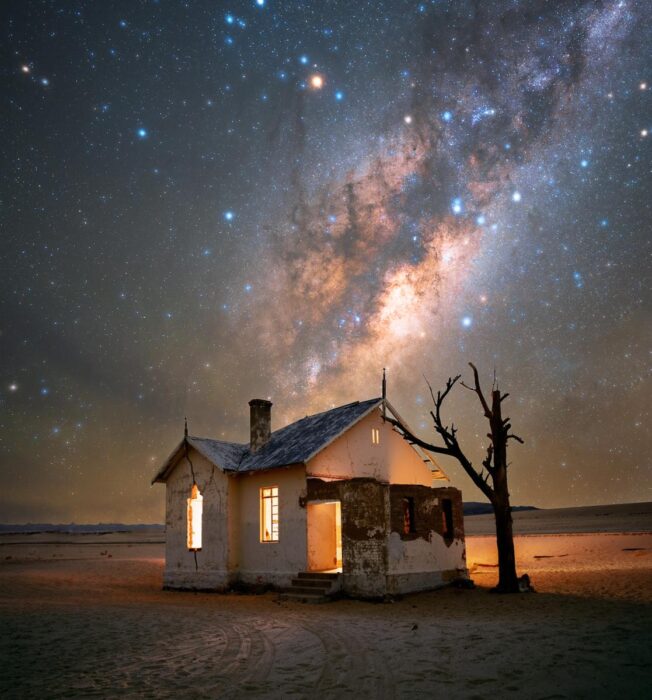
Every year, the Royal Museums Greenwich conducts its Astronomy Photographer of the Year contest. Hundreds of entries flood in from around the world, and the museum’s panel of judges selects winning images from categories as diverse as Auroras, Galaxies, Our Moon, Our Sun, People and Space, and Skyscapes. While this year’s grand prize winners have…
-
Astronomers sniff out pungent exoplanet using James Webb Space Telescope
An exoplanet located a mere 64 light-years away, with a reputation for its extreme weather conditions, is now known for something else — a distinctive rotten-egg odor. A team of astronomers has used data from the James Webb Space Telescope (JWST) to uncover a surprising aspect of the Jupiter-sized gas giant HD 189733 b: It…
-
Astronomers measure ‘warp speed’ of Milky Way galaxy
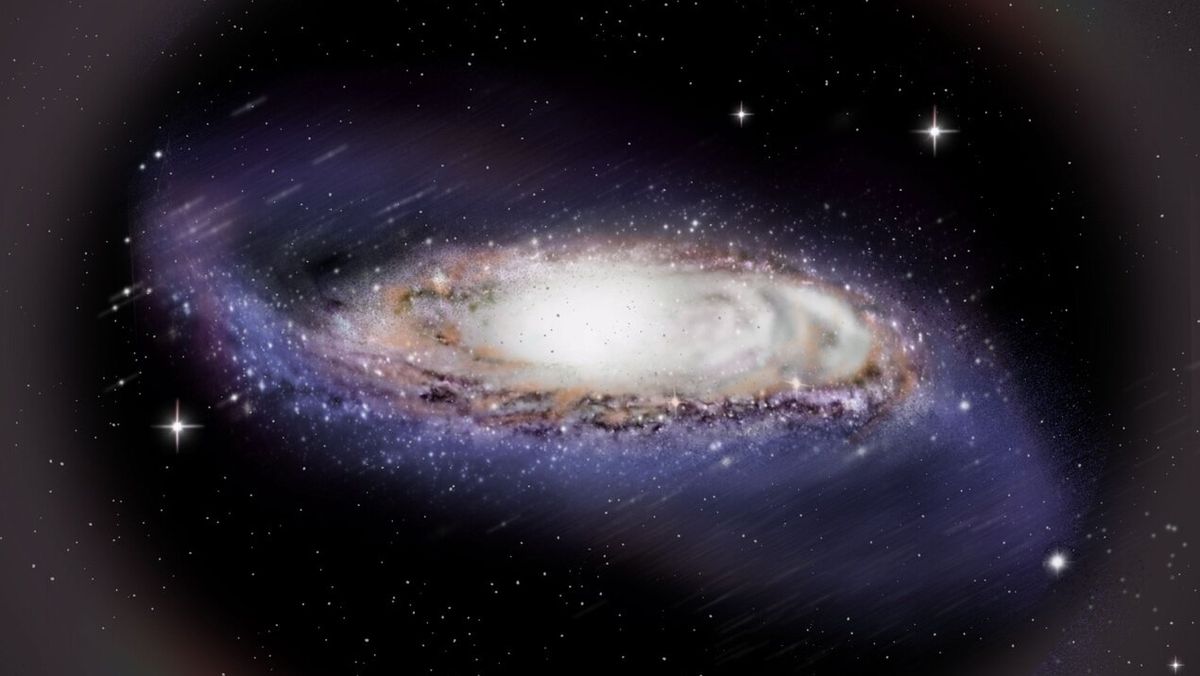
The warp in the Milky Way’s spiral disk is precessing backward under the influence of the enormous mass of dark matter that forms an invisible halo around our galaxy, Chinese astronomers have discovered. About one-third of all spiral galaxies have a distinct warp to their disk-shaped structure, like a vinyl record that has been bent.…
-
Short trips to space can have a toll on an astronaut’s body
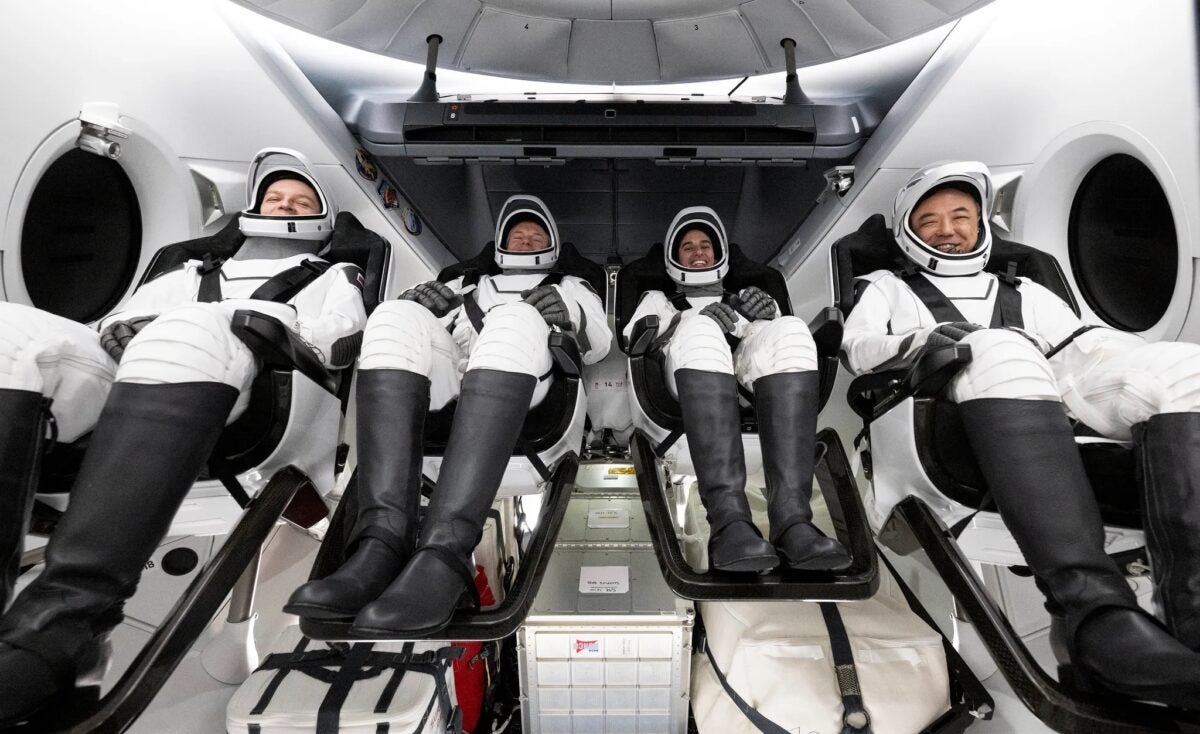
NASA’s SpaceX Crew-7 crew members (pictured) spent 199 days in space. Credit: NASA/Joel Kowsky Only about 600 people have ever traveled to space. The vast majority of astronauts over the past six decades have been middle-aged men on short-duration missions of fewer than 20 days. Today, with private, commercial and multinational spaceflight providers and flyers entering the…
-
Blaze Star: nova from stellar explosion visible for the first time in 80 years

In the next few months, an explosion on a star 3,000 light-years away will grow so bright it should be visible to the naked eye. The star system T Coronae Borealis, also named the Blaze Star, produces an explosion roughly every 80 years that yields a bright nova viewable from Earth. The nova was last…
-
NASA images: These 6 photos from outer Space will make you fall in love with astronomy
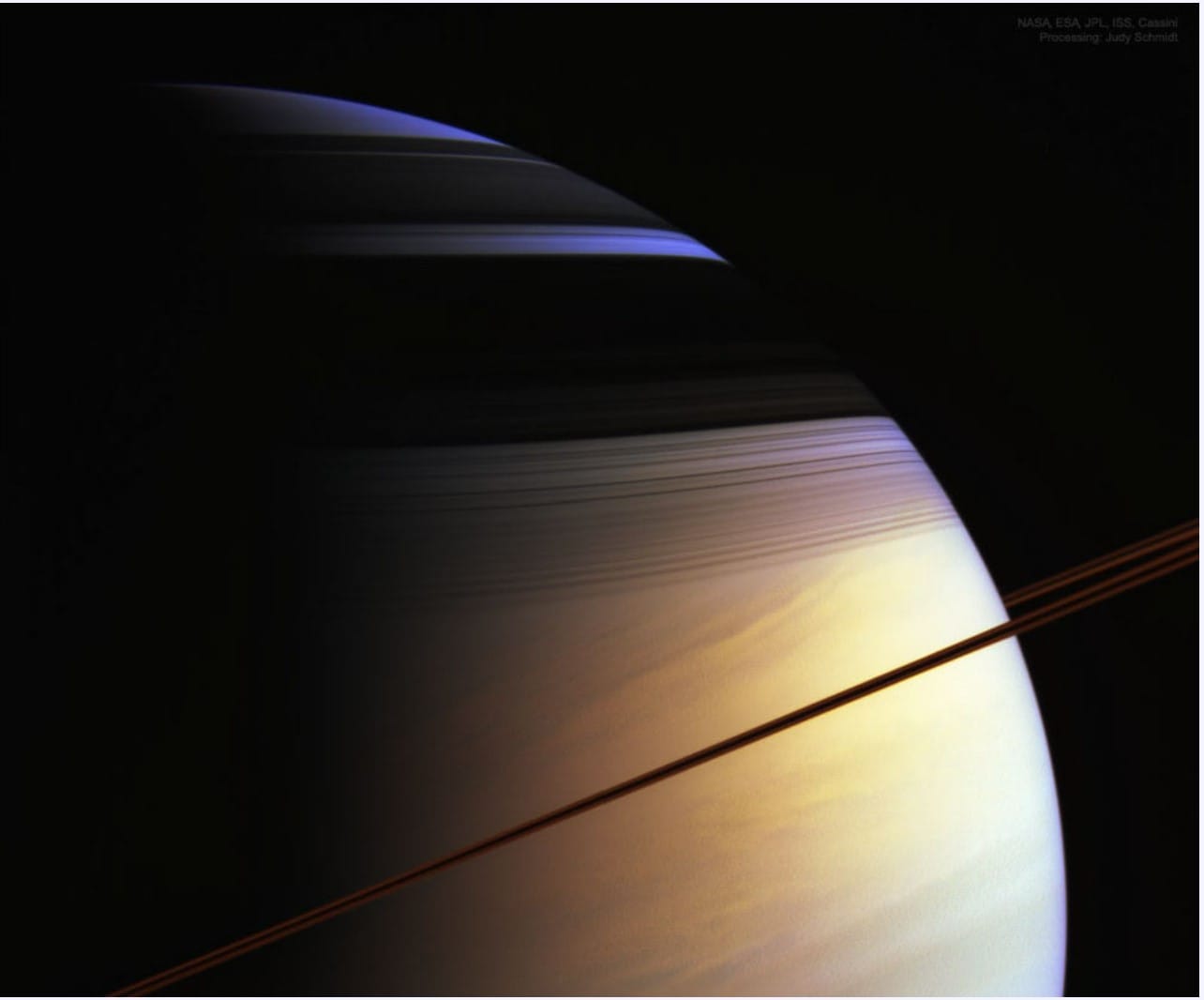
NASA Images: From the backyard of our solar systems to the galaxies located millions of light years away, the Universe is filled with mysteries waiting to be uncovered by humans. National Aeronautics Space Administration keeps sharing images of rare events in the Universe and of distant celestial bodies. Here are the top 6 mysterious images…
-
Fitting farewell to ‘Space Gandalf’ who brought astronomy to the people
If it wasn’t looking at the night sky it was in the water off Broome where renowned astronomer Greg Quicke liked to be. In early June, Quicke’s family announced the Broome legend had died at the age of 62. Today, under the phase of a new moon on a bright morning, friends and family of…
-
Dragon-shaped aurora and ‘scream of a dying star’ revealed as 2024 Astronomy Photographer of the Year finalists

From mesmerizing “mythical monsters” to jaw-dropping distant constellations, the shortlisted candidates for Astronomy Photographer of the Year 2024 showcase the magnificent beauty in the skies around us. Here are this year’s stunning nominees. A Night with the Valkyries — Jose Miguel Picon Chimelis (Image credit: A Night with the Valkyries © Jose Miguel Picon Chimelis) In…
-
See Ten Awe-Inspiring Images From the Astronomy Photographer of the Year Contest
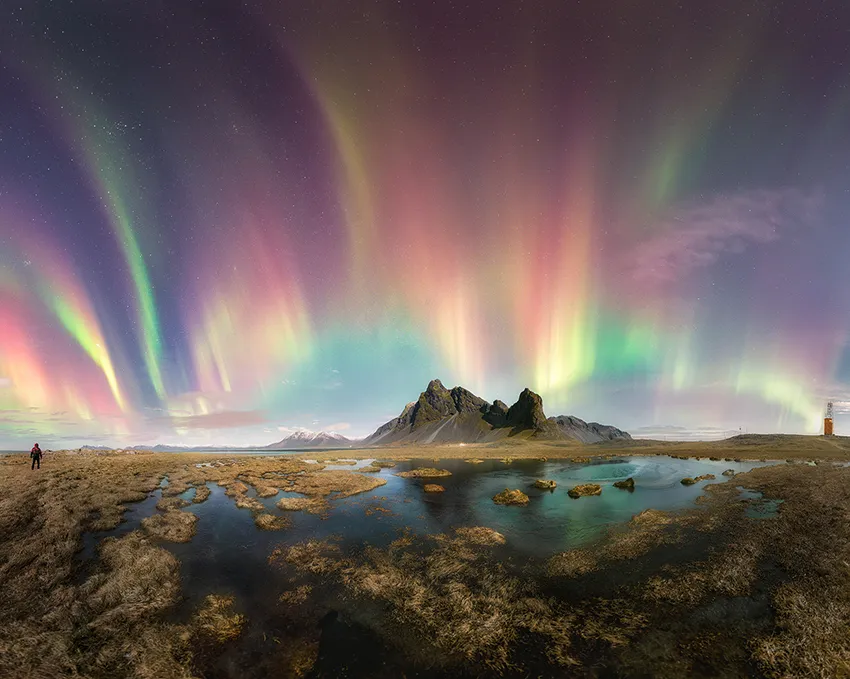
Samuel Sanders For generations, skywatchers and hobbyists around the world have admired the beauty of the cosmos. The Astronomy Photographer of the Year contest channels that wonder into dazzling images, taken by amateur and professional astrophotographers as they vie for a £10,000 ($12,750) grand prize. The contest, arguably the biggest astrophotography competition in the world,…
